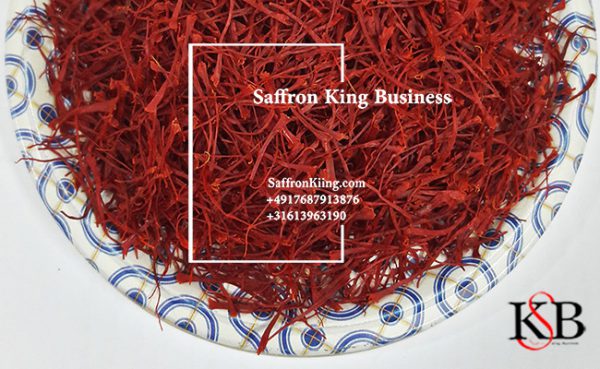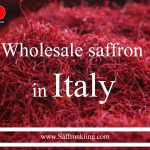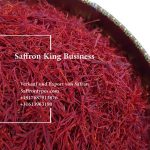How to use saffron?
What will you read...
Saffron harvest - that's why saffron is expensiveHow to use saffronGrind saffron into powderPreparing saffron teaAdd saffron directly to dishes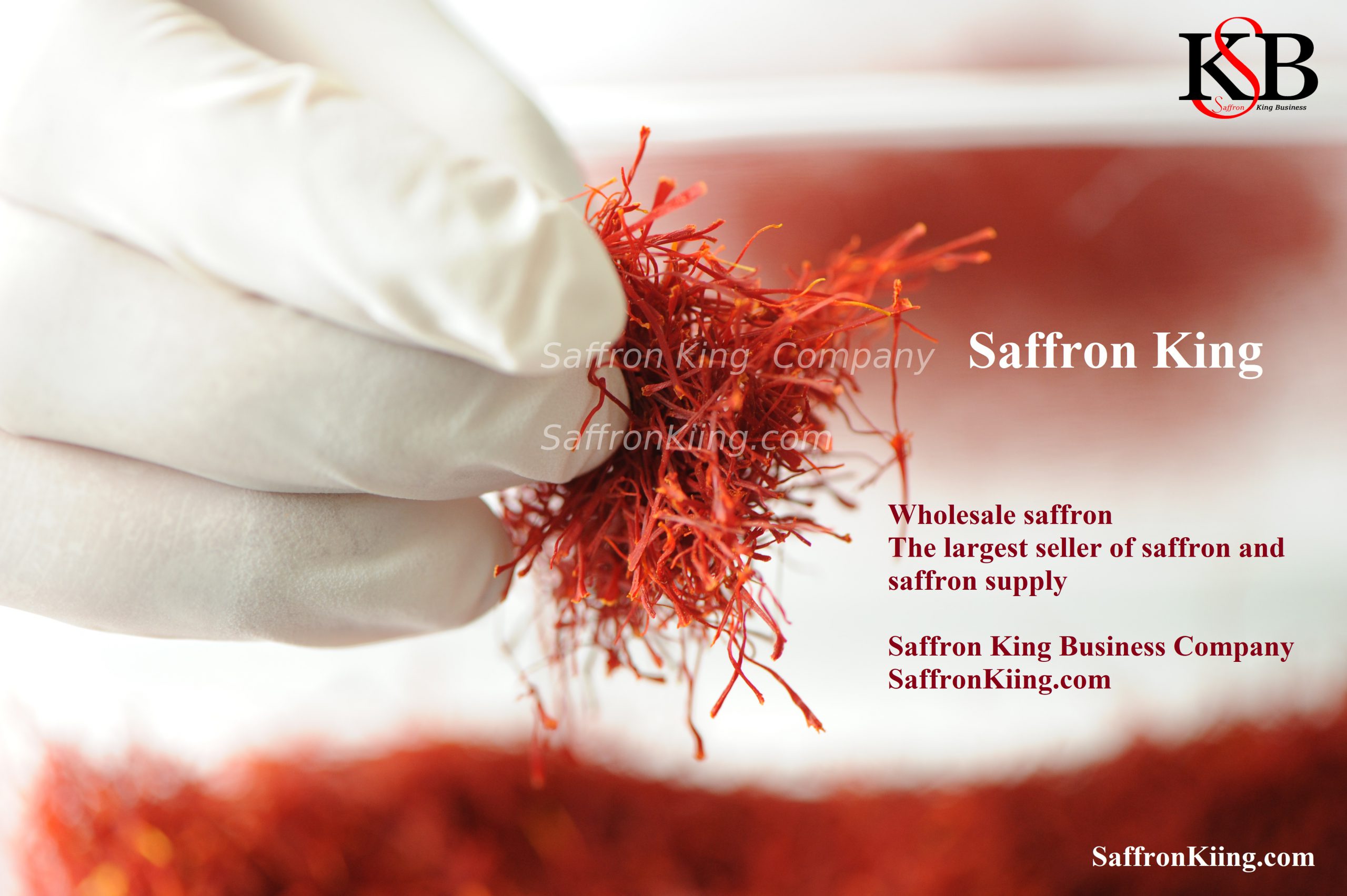
Saffron – spicing is luxury! Saffron is by far the most expensive spice in the world. It is extracted very elaborately by hand and traded in tiny quantities.
Once you get a taste of saffron, its flavor, aroma and distinctive color is worth every euro.
In this post, we’ll take a look at how to use and prepare saffron.
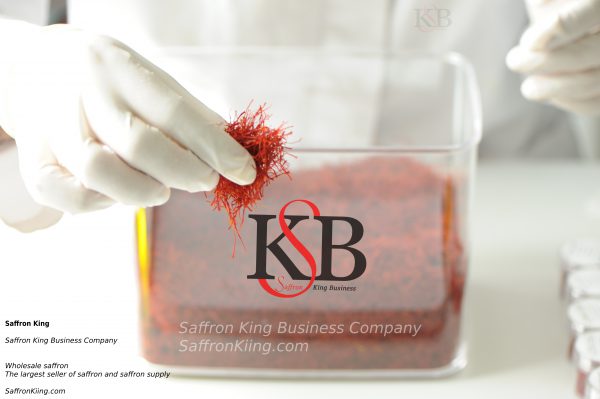
Saffron harvest – that’s why saffron is expensive
Saffron is the most expensive spice in the world. The reason for this is mainly due to its complex extraction from the saffron flower. The red saffron threads – the pistils – are painstakingly extracted by hand from the inside of a particular variety of crocus.
Many hours of work are required to bring a few grams of the exclusive spice to the scales. Around 150,000 blossoms are needed to obtain one kilogram of saffron. In addition, saffron blooms only once a year for about 2 weeks and therefore saffron is very laborious to harvest.
Different recipes and dishes require different ways. Here are the most common ways to add saffron to a dish, so you can decide for yourself what works best for your recipe.

How to use saffron
Remember that saffron is similar to a dried herb. It requires heat and moisture to release all of its flavors. Not to mention its rich golden color. Tossing a few strands into a salad or a tray of roasted vegetables won’t get you far. Use one of the methods below to get the most out of each strand.
Like any dried herb or spice, saffron does not keep indefinitely. To get the most color and flavor out of your saffron, try to use it within a year of purchase. Older saffron starts to lose its flavor and color and becomes brittle. So use it or lose it!

Grind saffron into powder
Ground saffron is most often used in Persian recipes, such as the crispy rice dish tahdig and many polows (layered rice dishes) and stews. It is also our favorite way to use saffron in any dish. So we tend to adapt recipes to include saffron using this method. From an intoxicating saffron-honey ice cream to lemony chicken thighs.
Packets of already powdered saffron are available for purchase, but since you can never really know what’s in it, it’s always best to grind your own. We start by grinding a thick pinch of saffron threads in a small mortar and pestle. Once the threads begin to break down, we add a pinch of sugar. This acts as an abrasive to grind the saffron into a fine powder. Although you can use salt instead, sugar is the more traditional abrasive as it has less impact on the final flavor of a dish.
Once the saffron is ground, we dissolve it in a few tablespoons of hot water, which immediately becomes densely aromatic and takes on a deep sunset tone. This liquid can be added to a dish at any time. But we like to take a cue from traditional Iranian cooking: by adding most of the saffron-infused liquid early and saving a few drops for the finishing touch.
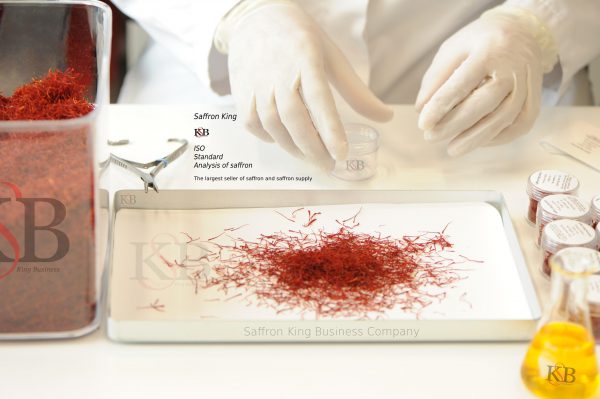
Preparing saffron tea
One of the most common ways to add saffron to a dish is to steep it in water first, like a tea. This is a simple method that requires nothing more than time and heat. We start by roughly crumpling the stamens between our fingertips. Then we cover them with a few tablespoons of warm water or milk.
We use boiled water that has had a moment to cool slightly to bring out the best flavors and color from the saffron, while minimizing any bitter or metallic flavors. The saffron is brewed similar to matcha tea and steeped in water between 160°F (71°C) and 170°F (77°C). After fifteen minutes of steeping, the liquid takes on a deep orange color and is ready to be added to a dish at any time.

Add saffron directly to dishes
Recipes that use a lot of liquid and take some time to cook can draw out the aroma and color of saffron even without the blooming step. Dishes like risotto alla Milanese and bouillabaisse require just a pinch of saffron and no further preparation, as they have enough liquid and cooking time to bring out the subtle flavors of saffron.
The key is to add the saffron early to give it enough time to bloom in the cooking liquid. In some recipes, the saffron also needs to be dry-roasted or oil-roasted first, which makes the stamens more brittle and break apart in the stew or paella.
